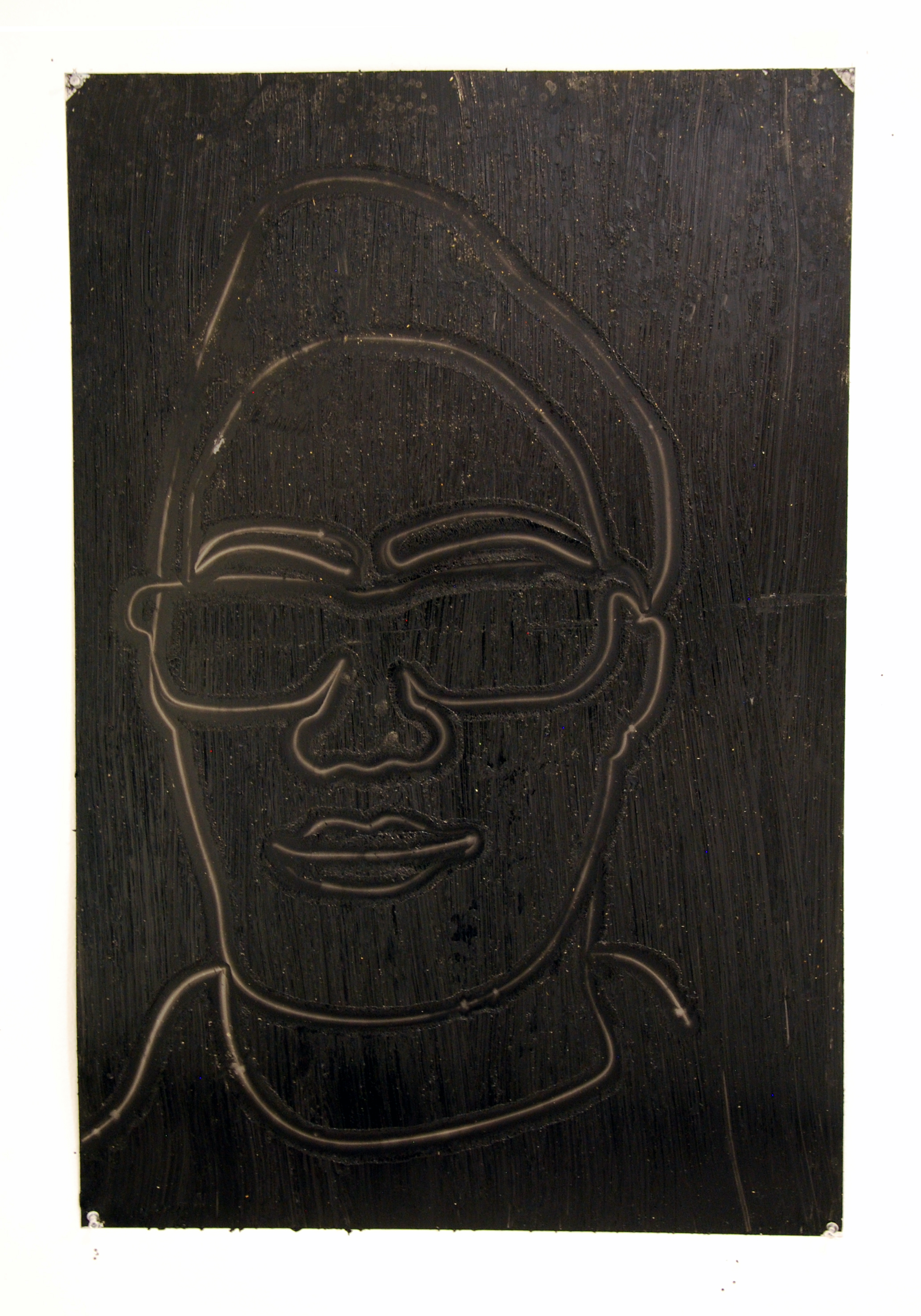Robotic Fabrication Exhibition
The Course I TA'd this semester, intro to robotic fabrication, is all wrapped up, and the pieces are being exhibited in the EVDS Gallery. Pretty great to see all the hard work pay off. Thanks to instructor Jason Johnson, and congrats to all the students -
Iuliana Morar; David Matthew Schiwy; Faraz Aghajafari; Graham Ouwerkerk; Henna Gabriel; Immanuel Arole; Kristina MacKenzie; Sumer Matharu
Here is an excerpt from the course brief:
“Our fine arts were developed, their types and uses were established, in times very different from the present, by men whose power of action upon things was insignificant in comparison with ours. But the amazing growth of our techniques, the adaptability and precision they have attained, the ideas and habits they are creating, make it a certainty that profound changes are impending in the ancient craft of the Beautiful. In all the arts there is a physical component which can no longer be considered or treated as it used to be, which cannot remain unaffected by our modern knowledge and power. For the last twenty years neither matter nor space nor time has been what it was from time immemorial. We must expect great innovations to transform the entire technique of the arts, thereby affecting artistic invention itself and perhaps even bringing about an amazing change in our very notion of art.”
Paul Valéry, PIÈCES SUR L’ART “Le Conquete de l’ubiquité,” Paris.
Walter Benjamin begins his seminal work, Art in the Age of Mechanical Reproduction quoting Valery as a way of situating art and the production of art into a continuum of not just technical advances but also the impacts of these advances on the ways that we might understand art. Art has always been concerned with technique as the manifestation of resistance against or support of prior work. Technology has now accelerated beyond the age of mechanical reproduction and towards an age of algorithmically aggregated, curated and generated “art”. This ability to subsume massive amounts of resource material into an aggregated work of “art” renders more complicated what Benjamin referred to as the “authenticity” of the original work. At which point in the process of aggregation does the authority of originality lie?
This course focused on the production of works of art that attempt to move beyond the idea of reproduction of the physical artifact in favor of repeatable robotic workflows that result in varied physical artifacts through repetitive processes and the development of robotic end of arm tools, tool path programming and safe operation of the machines. Students produced prototypes, tools and tests, contributed to conversations around the topics of the course and completed a number of artifacts over the course of the semester. The works presented here are examples of computationally generated portraits translated into coded instructions executed by industrial robots.










